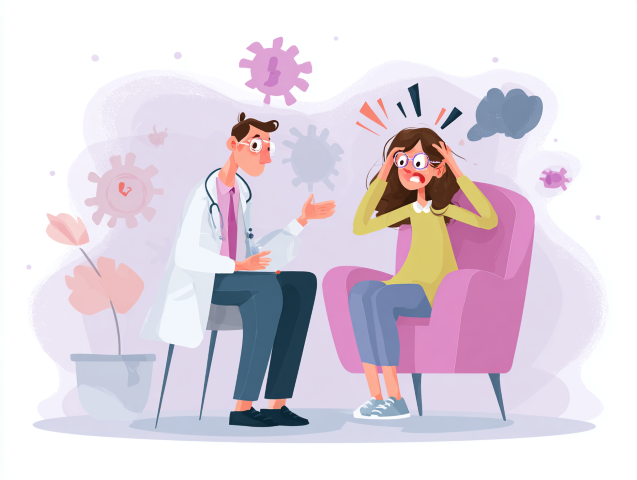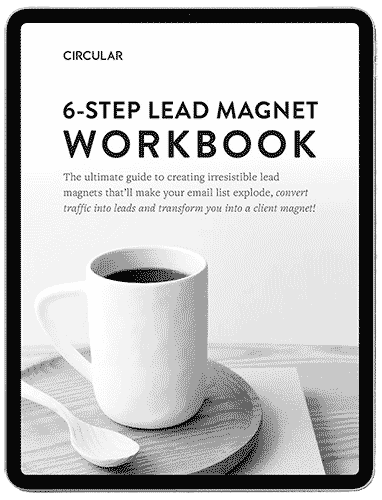Panic Attack Therapy Murray UT
It’s a feeling that’s hard to describe if you’ve never had it. You could be driving down State Street in Murray, sitting in a work meeting, or even just watching TV at home, and suddenly it hits you. Your heart starts pounding out of your chest, your breath gets shallow, and a wave of absolute terror washes over you for no reason at all. It feels like you’re in terrible danger, but you dont know why.
I remember wishing for an “off switch” for that feeling. As a busy professional myself here in the Salt Lake area, I knew I didn’t have the time or energy for these episodes. They felt like a terrible, draining secret.
What if I told you that such a “hack” exists? It’s not magic, but it’s a powerful technique that can completely change your relationship with panic. In this article, we’re going to uncover this life-changing approach, explore why it works, and how you can start using it today right here in Murray.

What a Panic Attack Actually Is (And Isn’t)
A panic attack is basically your body’s alarm system going off at the wrong time. Think of it like a smoke detector that’s supposed to warn you about a fire, but instead, it screeches every time you make toast. That’s your body’s “fight or flight” response kicking into high gear unnecessarily. The feelings are very real—your heart might race, you could feel dizzy or short of breath, maybe you start sweating or trembling. It’s an overwhelming experience, and it’s very common for busy professionals in places like Murray who are juggling huge work and family pressures. This intense, sudden peak is different from general anxiety, which can feel more like a constant, low-level hum of worry. The good news is that these episodes are not dangerous, just intensely uncomfortable. According to the National Institute of Health, panic attacks are sudden periods of intense fear that are not life-threatening.
The “3-3-3 Rule” and Why Simple Tricks Aren’t Enough
You might have heard about grounding techniques like the “3-3-3 rule.” It’s where you stop and name three things you can see, three sounds you can hear, and then move three parts of your body. Or maybe you’ve tried the “5-5-5 breathing rule,” breathing in for 5 seconds, holding for 5, and breathing out for 5. These are great in-the-moment tools to bring your focus back to the present. But for many people, they feel like a temporary fix. They might calm you down for a minute, but they don’t do anything about the crippling fear of having another attack. That’s the real trap of panic—you start to live in dread of the next one. You might even start avoiding places or situations that you think could trigger it. As many experts at Psychology Today point out, grounding techniques are a key part of managing acute distress, but they are often just one piece of a much larger puzzle.
The Life-Changing Hack: Shifting Your Relationship with Panic
Here is the real hack, the thing that truly changes everything: you have to stop fighting it. The secret is to allow the feelings to be there without adding a second layer of fear on top of them. It’s the thought, “Oh no, here it comes, this is going to be awful,” that actually fuels the fire. Instead, the goal is to “ride the wave.” A panic attack is a finite event. It has a beginning, a peak, and an end, and that whole process usually only lasts a few minutes. Your job is not to stop the wave, but to learn how to surf it.
Here’s how you can practice it:
- Acknowledge: Say to yourself, “I am feeling the sensations of panic.”
- Accept & Allow: “I will allow these feelings to be in my body for now. They are just sensations. They feel scary, but they are not dangerous.”
- Float, Don’t Fight: “I am not going to fight this. I’m going to float with these feelings and trust that they will pass.”
This approach has roots in well-researched therapies, as outlined in studies available through ScienceDirect that explore the mechanisms of panic treatment.

How a Therapist Can Help You Master This
Trying to do this alone can feel scary. That’s where a therapist comes in. Think of us as a guide or a coach who can provide a safe space to practice this new skill. The most effective therapies for panic attacks are things like Cognitive Behavioral Therapy (CBT) and a form of it called Exposure Therapy. It’s not as scary as it sounds. CBT helps you look at and challenge the fearful thoughts that pour gasoline on the panic. Exposure therapy involves gently and safely facing the physical sensations in a controlled way, so they stop being so terrifying. We might have you spin in a chair to feel dizzy or breathe through a straw to feel short of breath, all in the safety of the office. This teaches your brain that these feelings are not a threat. Finding a therapist in Murray gives you a partner to walk you through this process, step by step. The effectiveness of these therapies is widely documented, with resources like the Mayo Clinic providing detailed information on evidence-based treatments for panic attacks.
You don’t have to live in fear of the next panic attack. You can get your life back, go where you want to go, and feel confident in your body again. If you’re tired of the temporary fixes and ready to learn this life-changing skill, let’s talk. Reaching out is the first, bravest step.
Schedule a Consultation in Murray, UT
Frequently Asked Questions
What kind of therapy is considered best for panic attacks?
The most effective and well-researched therapy for panic attacks is Cognitive Behavioral Therapy (CBT). It’s a practical approach where you learn how your thoughts, feelings, and actions are connected. The goal is to change the thought patterns that lead to panic.
What is the 3-3-3 rule I hear about for panic?
It’s a simple grounding technique. You look around and name 3 things you see, identify 3 sounds you hear, and move 3 different parts of your body. It helps pull your focus out of the fear in your head and back into the present moment.
What happens if I have a panic attack during a therapy session?
That’s perfectly okay, and it’s actually a great opportunity. A therapist’s office is the safest possible place for it to happen. We can then guide you through the experience in real-time, helping you practice new ways of responding to the sensations.
How do I start to recover from panic attacks?
The first step is understanding you dont have to figure this out on your own. Acknowledging that you need support is huge. The next step is reaching out to a therapist who specializes in anxiety and panic. That first conversation is the beginning of taking your control back.

